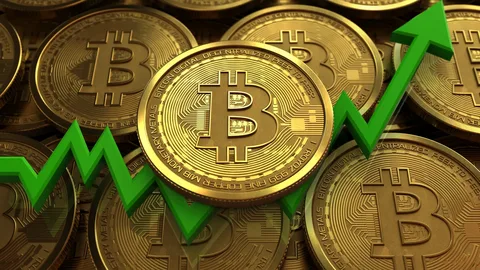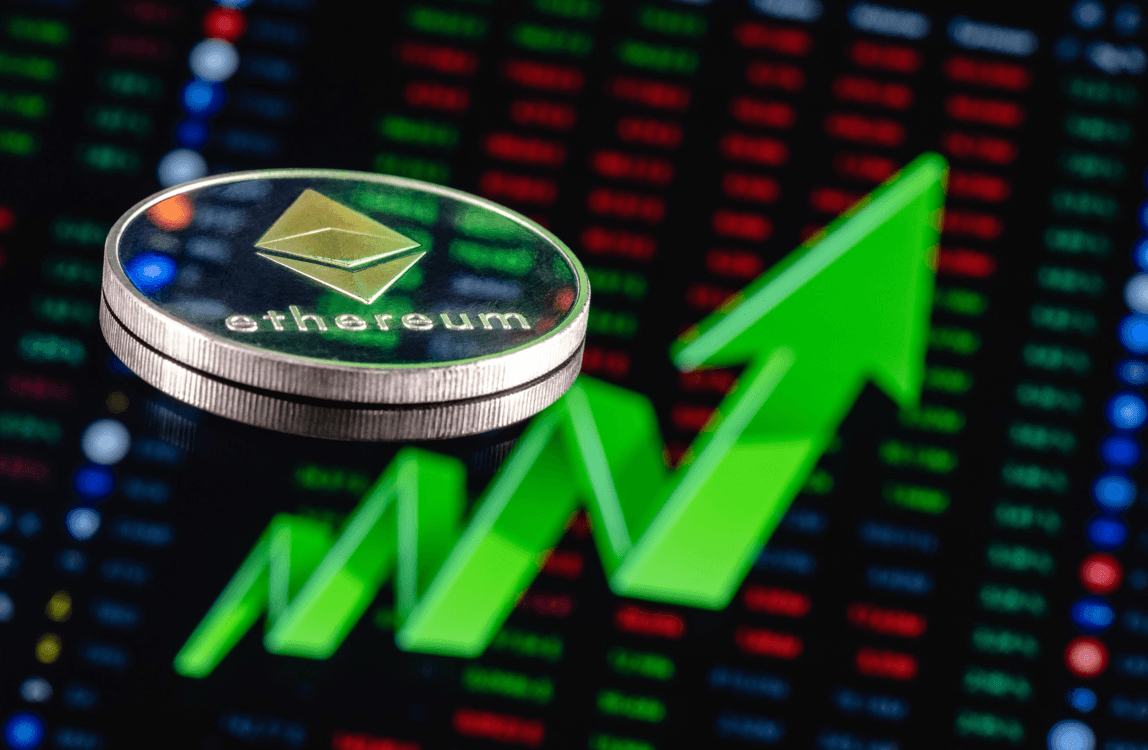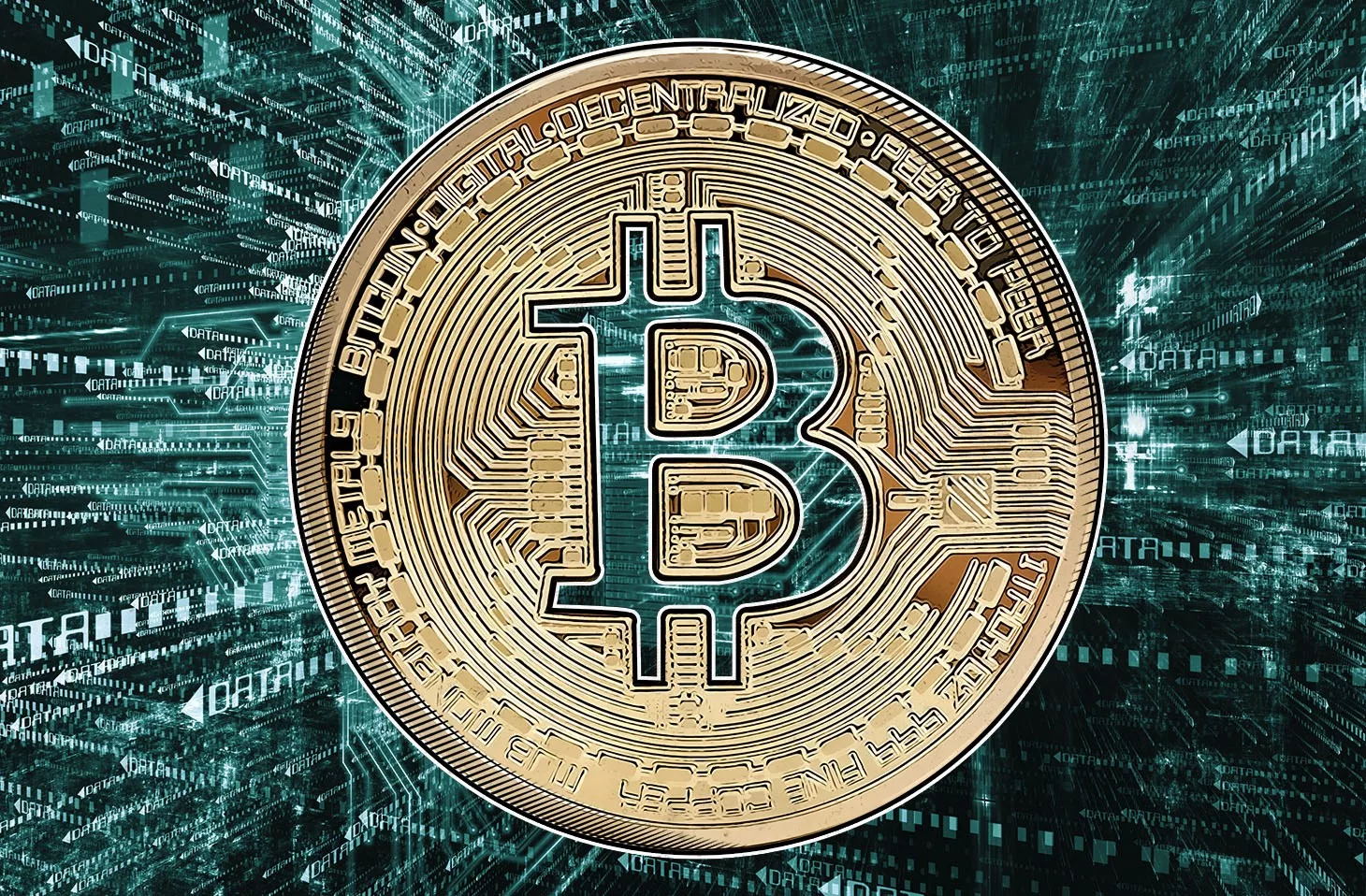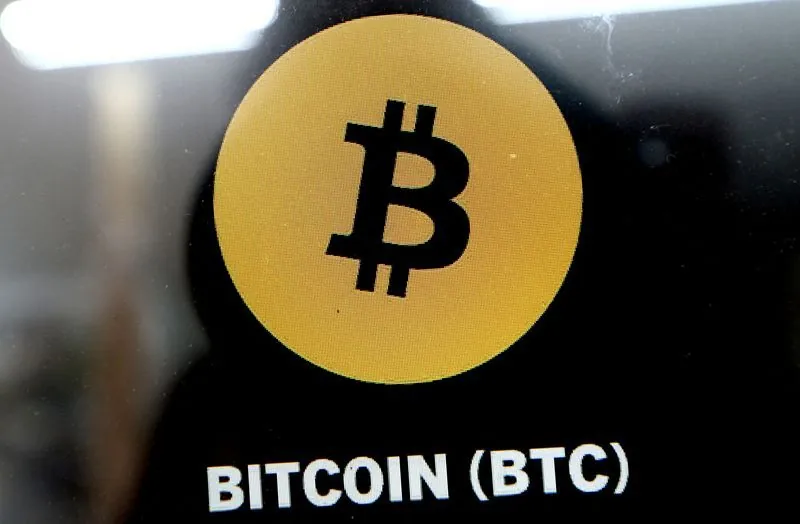
Bitcoin is fluctuating while Altcoins are showing strong performance
Bitcoin is fluctuating: In the ever-changing world of cryptocurrency, Bitcoin remains a key player, often setting the tone for the broader market. However, over recent weeks, Bitcoin’s price has shown significant fluctuations, while many altcoins have demonstrated impressive growth and resilience. This article explores the current state of Bitcoin and altcoins, analyzing why altcoins 2025’s Dumbest Memecoins: Stinky Tokens, Cats, and a Dead Squirrel are outperforming and what this means for investors.
Bitcoin’s Recent Fluctuations
Bitcoin, the first and most well-known cryptocurrency, has always been notorious for its volatility. Over the past few weeks, Bitcoin has experienced sharp rises and sudden drops, leaving investors on edge. The flagship digital asset recently surpassed significant price levels, only to correct itself shortly after. These fluctuations are common, given the market’s sensitivity to global economic factors, government regulations, and investor sentiment.
Despite the volatility, Bitcoin still holds a dominant position in the market, with its market capitalization remaining the highest among all cryptocurrencies. However, its price fluctuations have sparked debates about its long-term stability and future growth.
Altcoins Gaining Momentum
 While Bitcoin struggles with its price swings, altcoins — cryptocurrencies other than Bitcoin — have been enjoying a strong performance. Several factors contribute to this trend, and some altcoins are even surpassing Bitcoin in terms of returns and market momentum.
While Bitcoin struggles with its price swings, altcoins — cryptocurrencies other than Bitcoin — have been enjoying a strong performance. Several factors contribute to this trend, and some altcoins are even surpassing Bitcoin in terms of returns and market momentum.
- Diversification in the Market
One of the reasons for the rise in altcoin popularity is the increasing diversification of the crypto market. Investors are no longer solely focused on Bitcoin. With thousands of altcoins to choose from, including Ethereum, Solana, and Cardano, there is greater opportunity for profit outside of Bitcoin. Many investors are looking to capitalize on the growth of these altcoins, which are benefiting from different use cases, technology advancements, and growing adoption.
- Technological Advancements
Many altcoins are outperforming Bitcoin due to their technological improvements. Ethereum, for example, is going through a significant upgrade with its transition to Ethereum 2.0. This move promises enhanced scalability, security, and lower energy consumption, making Ethereum an attractive alternative for investors.
Similarly, other altcoins like Solana, Polkadot, and Avalanche offer unique features such as faster transaction speeds, lower fees, and increased interoperability. These technological improvements allow altcoins to address challenges that Bitcoin has yet to overcome, such as scalability and high transaction fees.
- Smart Contracts and DeFi Growth
The rise of decentralized finance (DeFi) has played a significant role in boosting altcoins. Altcoins like Ethereum, Binance Coin (BNB), and Polygon are at the forefront of the DeFi movement, enabling decentralized applications (dApps) and smart contracts. These features provide alternative solutions to traditional financial systems, making these altcoins highly attractive for developers and investors looking to capitalize on the growing DeFi sector.
- Market Sentiment and Speculation
In the volatile world of cryptocurrency, investor sentiment plays a crucial role in price movements. As more investors explore altcoins for potential gains, market sentiment around these digital assets has grown increasingly positive. Social media platforms, online communities, and influencer endorsements have contributed to the rise in popularity of certain altcoins, further boosting their prices and performance.
The Risks of Altcoins
While altcoins may be showing strong performance, it’s essential to remember that they come with their own set of risks. Many altcoins are still in their early stages of development, and their long-term viability remains uncertain. Price volatility, regulatory hurdles, and potential technological issues are all factors that could affect the future performance of altcoins.
Moreover, the relatively lower market capitalization of altcoins compared to Bitcoin means they can be more susceptible to market manipulation and sudden price swings. As a result, investors must exercise caution and conduct thorough research before diving into altcoin investments.
Conclusion
As Bitcoin fluctuates, altcoins are stepping into the spotlight, demonstrating impressive performance and growth. While Bitcoin remains the cornerstone of the cryptocurrency market, altcoins are diversifying the investment landscape, offering new opportunities for those willing to take on more risk.
The key takeaway for investors is to keep a close eye on both Bitcoin and altcoins. Understanding the technological developments, market trends, and risks associated with altcoins can help investors make informed decisions and potentially capitalize on the strong performance of certain altcoins. However, like all investments, due diligence and risk management are essential to navigating the ever-changing cryptocurrency landscape.
[sp_easyaccordion id=”5494″]







